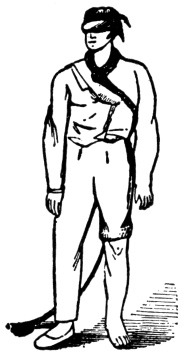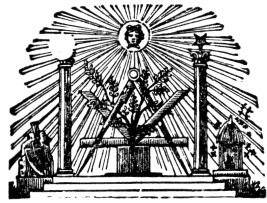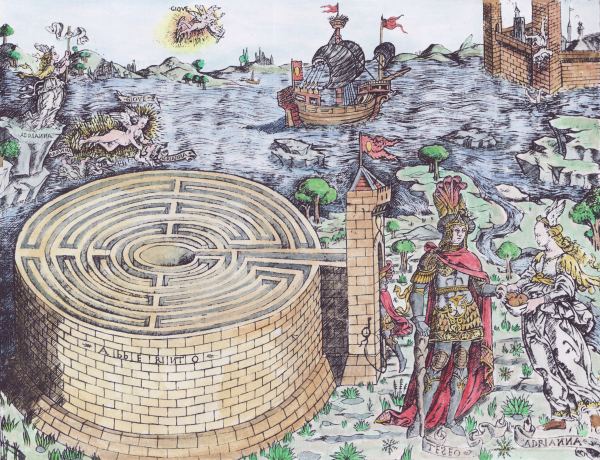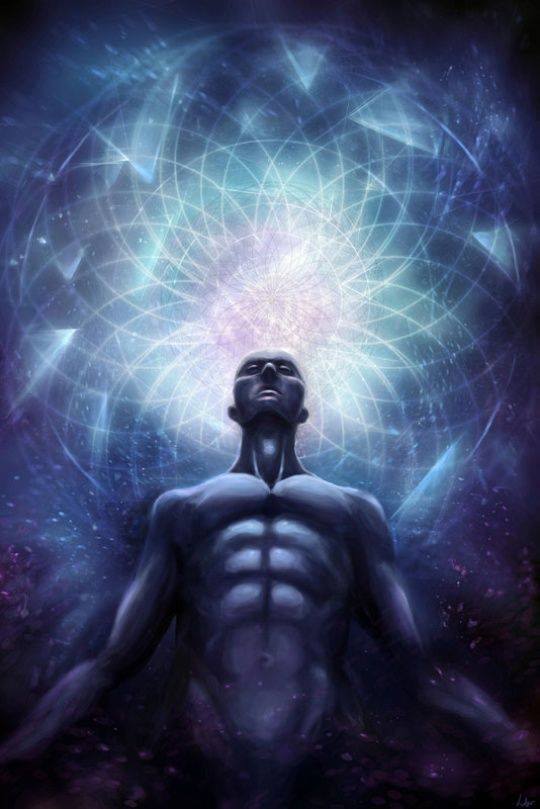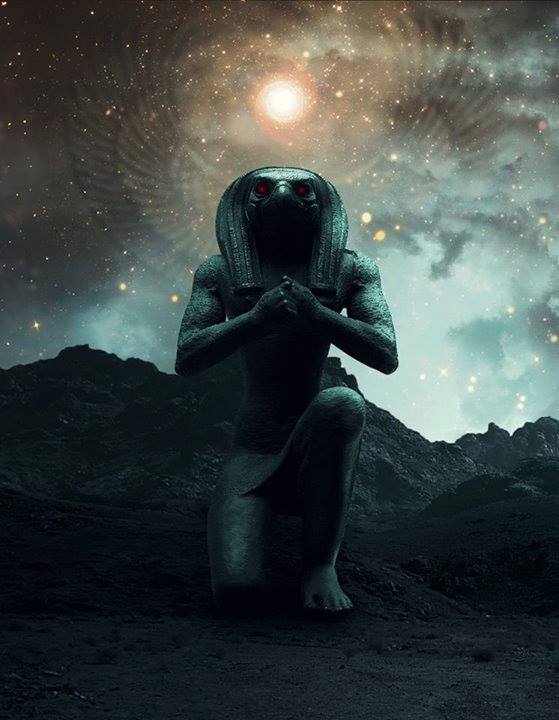p. 44
old accepted the pyramid form as the ideal symbol of both the secret doctrine and those institutions established for its dissemination. Both pyramids and mounds are antitypes of the Holy Mountain, or High Place of God, which was believed to stand in the “midst” of the earth. John P. Lundy relates the Great Pyramid to the fabled Olympus, further assuming that its subterranean passages correspond to the tortuous byways of Hades.
The square base of the Pyramid is a constant reminder that the House of Wisdom is firmly founded upon Nature and her immutable laws. “The Gnostics,” writes Albert Pike, “claimed that the whole edifice of their science rested on a square whose angles were: Σιγη, Silence; Βυθος, Profundity; Νους, Intelligence; and Αληθεια Truth.” (See Morals and Dogma.) The sides of the Great Pyramid face the four cardinal angles, the latter signifying according to Eliphas Levi the extremities of heat and cold (south and north) and the extremities of light and darkness (east and west). The base of the Pyramid further represents the four material elements or substances from the combinations of which the quaternary body of man is formed. From each side of the square there rises a triangle, typifying the threefold divine being enthroned within every quaternary material nature. If each base line be considered a square from which ascends a threefold spiritual power, then the sum of the lines of the four faces (12) and the four hypothetical squares (16) constituting the base is 28, the sacred number of the lower world. If this be added to the three septenaries composing the sun (21), it equals 49, the square of 7 and the number of the universe.
The twelve signs of the zodiac, like the Governors’ of the lower worlds, are symbolized by the twelve lines of the four triangles–the faces of the Pyramid. In the midst of each face is one of the beasts of Ezekiel, and the structure as a whole becomes the Cherubim. The three main chambers of the Pyramid are related to the heart, the brain, and the generative system–the spiritual centers of the human constitution. The triangular form of the Pyramid also is similar to the posture assumed by the body during the ancient meditative exercises. The Mysteries taught that the divine energies from the gods descended upon the top of the Pyramid, which was likened to an inverted tree with its branches below and its roots at the apex. From this inverted tree the divine wisdom is disseminated by streaming down the diverging sides and radiating throughout the world.
The size of the capstone of the Great Pyramid cannot be accurately determined, for, while most investigators have assumed that it was once in place, no vestige of it now remains. There is a curious tendency among the builders of great religious edifices to leave their creations unfinished, thereby signifying that God alone is complete. The capstone–if it existed–was itself a miniature pyramid, the apex of which again would be capped by a smaller block of similar shape, and so on ad infinitum. The capstone therefore is the epitome of the entire structure. Thus, the Pyramid may be likened to the universe and the capstone to man. Following the chain of analogy, the mind is the capstone of man, the spirit the capstone of the mind, and God–the epitome of the whole–the capstone of the spirit. As a rough and unfinished block, man is taken from the quarry and by the secret culture of the Mysteries gradually transformed into a trued and perfect pyramidal capstone. The temple is complete only when the initiate himself becomes the living apex through which the divine power is focused into the diverging structure below.
W. Marsham Adams calls the Great Pyramid “the House of the Hidden Places”; such indeed it was, for it represented the inner sanctuary of pre-Egyptian wisdom. By the Egyptians the Great Pyramid was associated with Hermes, the god of wisdom and letters and the Divine Illuminator worshiped through the planet Mercury. Relating Hermes to the Pyramid emphasizes anew the fact that it was in reality the supreme temple of the Invisible and Supreme Deity. The Great Pyramid was not a lighthouse, an observatory, or a tomb, but the first temple of the Mysteries, the first structure erected as a repository for those secret truths which are the certain foundation of all arts and sciences. It was the perfect emblem of the microcosm and the macrocosm and, according to the secret teachings, the tomb of Osiris, the black god of the Nile. Osiris represents a certain manifestation of solar energy, and therefore his house or tomb is emblematic of the universe within which he is entombed and upon the cross of which he is crucified.

Moe is the founder of GnosticWarrior.com. He is a father, husband, author, martial arts black belt, and an expert in Gnosticism, the occult, and esotericism.

